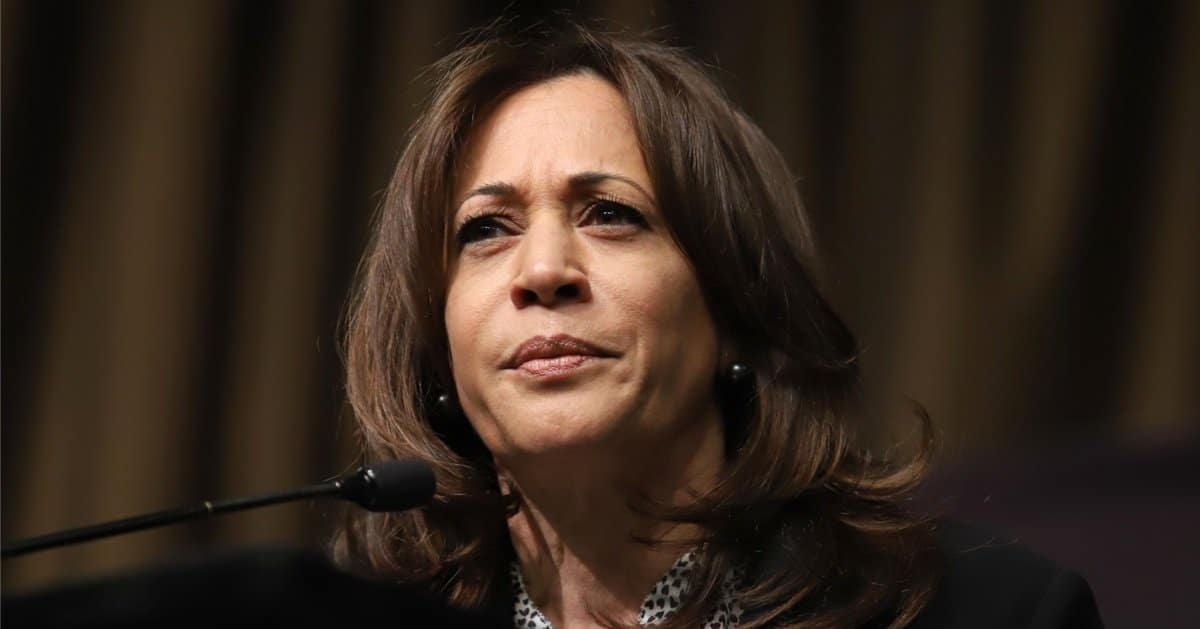

On October 7, 2024, Chief Justice John Roberts will begin his 20th term as the leader of the U.S. Supreme Court, a position he has held since September 2005.
This milestone comes just days after the 19th anniversary of his appointment as the nation's 17th chief justice. Throughout his tenure, Roberts has overseen a series of significant rulings and has witnessed the ideological balance of the Court evolve through multiple phases.
The National Review reported that Roberts' 20th term reflects a career shaped by distinct ideological shifts within the Supreme Court, with major rulings impacting the nation's legal landscape.
Roberts became chief justice at the relatively young age of 50, and his rise to the position followed the death of his predecessor, Chief Justice William Rehnquist.
Now, at 69 years old, Roberts is the fourth-longest-serving chief justice in history, having surpassed Rehnquist's term a few weeks ago. Only John Marshall, Roger Taney, and Melville Fuller served longer. If Roberts remains in his role until March 2039, he will surpass Marshall’s 34-year record, becoming the longest-serving chief justice in U.S. history.
The Supreme Court under Roberts has seen three distinct phases, each marked by a different ideological median. These shifts have influenced the Court’s approach to cases ranging from gun rights to healthcare to abortion.
Roberts’ first 13 years as chief justice, from 2005 to 2018, were shaped by the influence of Justice Anthony Kennedy, who often served as the Court’s swing vote.
During this time, the Court handed down landmark conservative decisions, including District of Columbia v. Heller (2008), which upheld an individual's right to bear arms, and Citizens United v. FEC (2010), which struck down campaign finance restrictions.
However, Roberts also faced the challenge of managing Kennedy’s more moderate leanings, particularly in key cases.
One of the most significant examples was the 2012 decision in NFIB v. Sebelius, where Roberts joined the Court's liberal justices in upholding the Affordable Care Act’s individual mandate as a valid exercise of Congress’s taxing power. This decision frustrated many conservatives who had hoped the mandate would be struck down.
In 2018, Kennedy retired, and his replacement, Justice Brett Kavanaugh, appeared to give Roberts the opportunity to lead a more reliably conservative majority. However, Roberts took a more cautious approach during this period. As the new median justice, he sometimes found himself balancing both conservative and liberal arguments.
Notably, in the 2020 decision June Medical Services v. Russo, Roberts cast the deciding vote to strike down a Louisiana law that would have placed new restrictions on abortion providers.
His decision was based on the principle of stare decisis, or respect for precedent, as the law closely mirrored one struck down by the Court just four years earlier.
This phase also saw Roberts navigate politically sensitive cases, such as Bostock v. Clayton County (2020), where the Court ruled that the Civil Rights Act of 1964 protects employees from discrimination based on sexual orientation and gender identity.
The most recent phase of the Roberts Court began in 2020 with the death of Justice Ruth Bader Ginsburg and the appointment of Justice Amy Coney Barrett.
With Barrett’s arrival, Roberts lost his position as the median justice, and the Court took a decisively more conservative turn. This shift became evident in several high-profile rulings, including Students for Fair Admissions v. Harvard (2023), which struck down race-based affirmative action in college admissions.
Other notable cases from this period include Trump v. United States and Loper Bright Enterprises v. Raimondo, which have further solidified the Court’s conservative trajectory.
Despite this, Roberts has continued to assert his leadership, attempting to shape the Court’s decisions and maintain some level of institutional stability.
Looking ahead, the duration of the current phase of the Court will largely depend on its membership. Future presidential appointments could significantly alter the Court’s composition and its ideological balance. Roberts, known for his preference for incremental changes and respect for precedent, may face further challenges in guiding the Court through these shifts.
At 69, Roberts is currently the fourth oldest justice, though the Court is younger than in previous years, with an average age of 63. His leadership will continue to be tested as the Court navigates politically charged cases, but his role in shaping the future of American jurisprudence remains undeniable.



